Commercial and Industrial Painter Safety Practices Everyone Should Keep In Mind
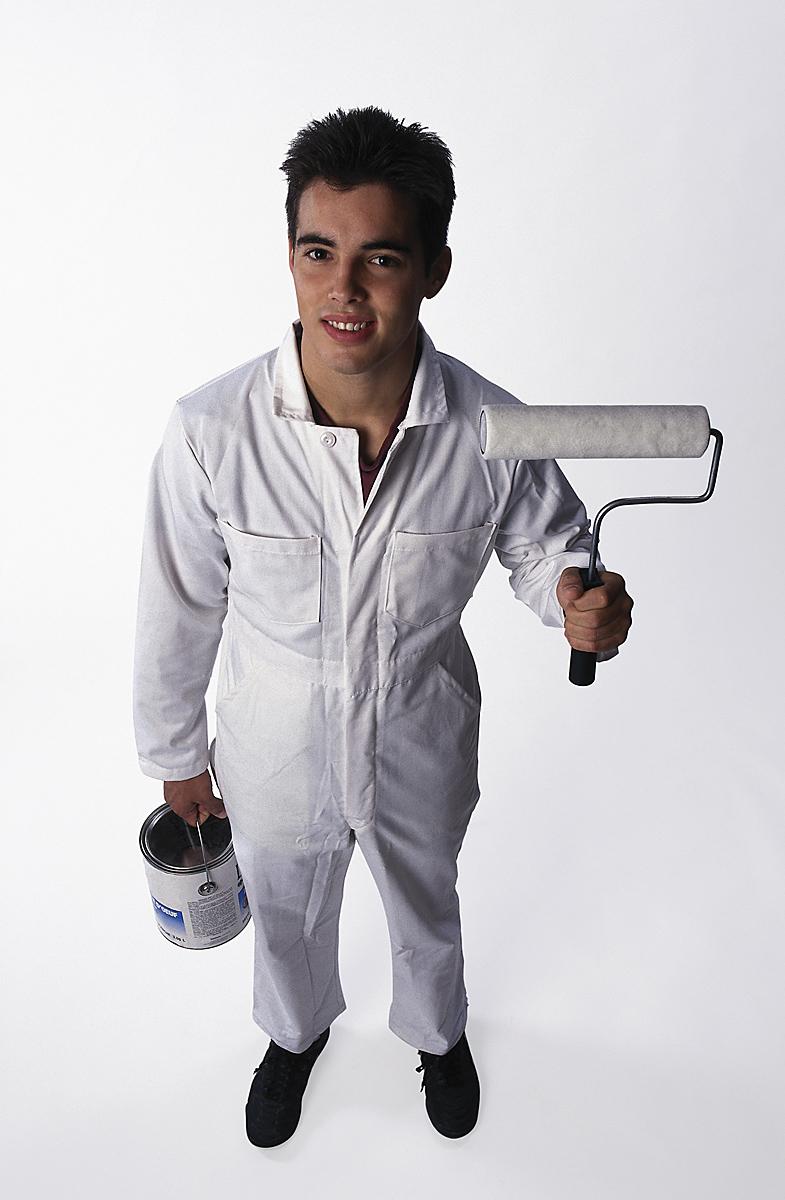
Painting is a great way to enhance the beauty of a home or office but it can also be a job that can result in some serious chemical contamination if you aren’t careful. Do yourself a favor and act to protect yourself while painting on a professional basis. As an industrial or commercial painter, you’ll want to follow the following steps to limit your exposure to unhealthy substances while doing your job.
Protect Your Skin
It’s bad for you to get paints, solvents and sanded materials on your hands when working as a painter, but you’ll be handling the substances daily. That’s why it’s important to get some long-sleeve shirts, some pants, closed sneakers and strong nitrile gloves (can be found online at websites like BulkNitrileGloves.com) to protect yourself while working. Ensure that waterproof protective equipment is worn and that you are fully protected against all the risks that you’ll face while painting.
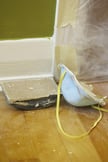 Keep Particles out of Your Lungs
Keep Particles out of Your Lungs
Use a high-quality dust mask when you’re sanding or painting with strong substances. The mask will keep particles out of your lungs and help you stay in good health over time. It’s important to realize that even the best masks will miss some of the smallest particles, so keep the area ventilated as well when doing something like sanding down walls and other surfaces before painting the area. Rather than a dust mask, a respirator may be required depending on the materials you are disturbing.
Ensure Excellent Ventilation
When working with solvents and most paints, be careful to work in well-ventilated environments. This will reduce the risk of working with these materials and the health hazards that they cause. Open windows and doors and rely on fans or other devices to keep fresh air flowing through the space. This helps remove any harmful odors and chemicals in the air, keeping the space nice and clean.
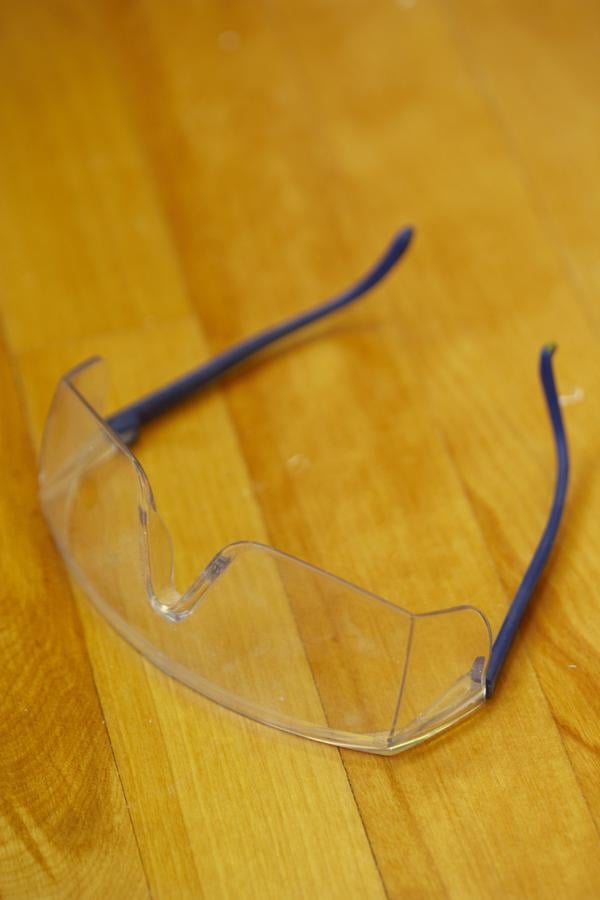 Protect Your Eyes
Protect Your Eyes
While painting there is always a risk of hurting your eyes, especially when painting up above the head. That’s why it is so important to invest in safety goggles to protect your eyes. Get a good pair of goggles or glasses to cover your eyes, or rely on a face mask to keep particles out. This will keep your eyes in good shape and you’ll thank the protective gear the first time that paint splatters or drips over top of your eyes.
Safety Doesn't Happen By Accident:
Follow the above steps and you shouldn’t have too many problems with your health while working as a painter. Always follow OSHA requirements should they apply to the work being done. Just be careful that you don’t skip any of the safety precautions, or you’ll risk letting paint, solvents and other substances through all your protective measures.
Other related articles you might find helpful:
OSHA Compliance Checklist: Will You Be Ready If OSHA Visits You?
RRP Conundrum: To Test or Not to Test for Lead Paint.

Guest Blogger: Tom Masters has been working in the construction industry since he was a child. Lately he prefers the business end and writing about the trade. He is currently working with Contractors Today


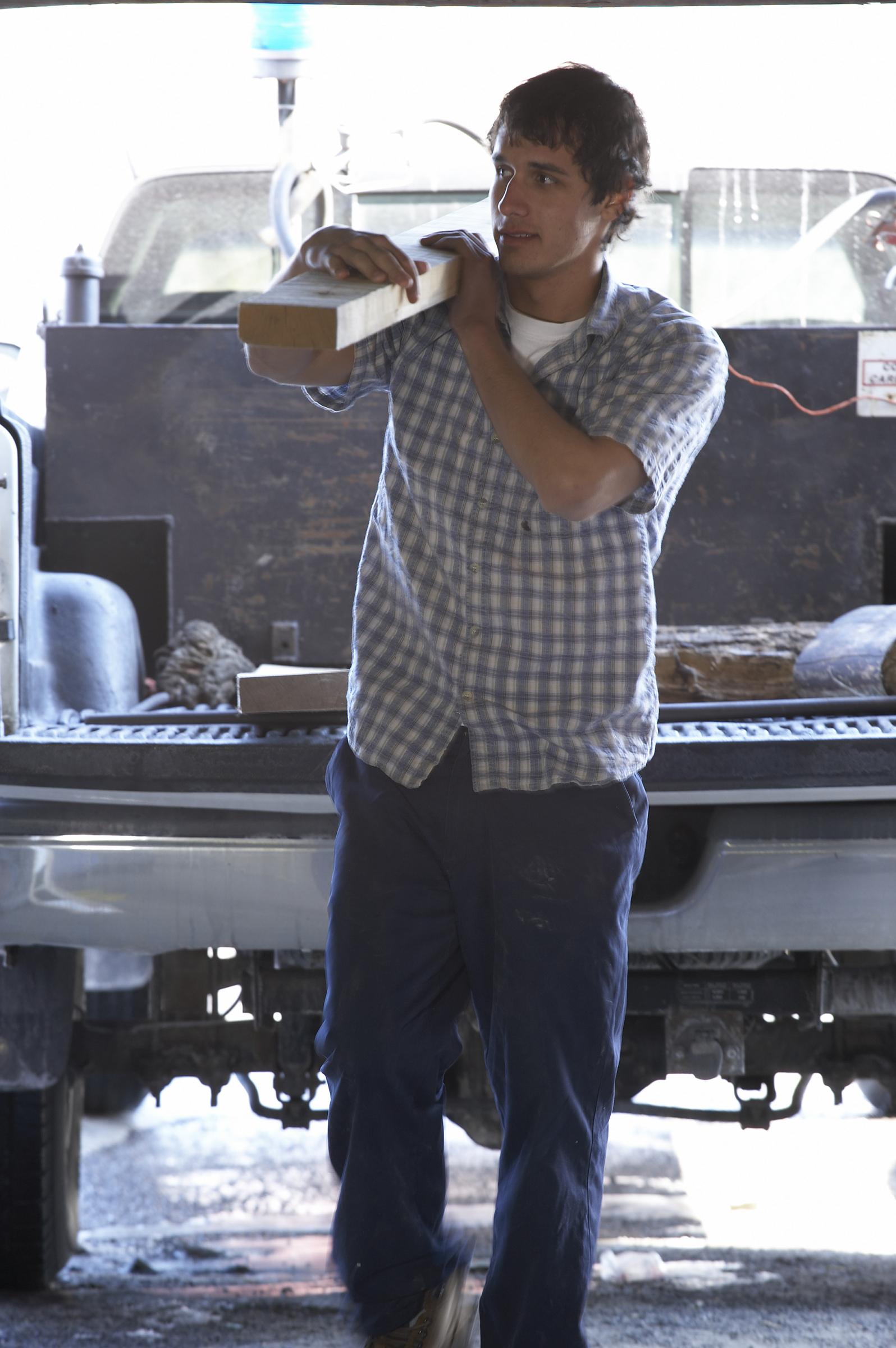
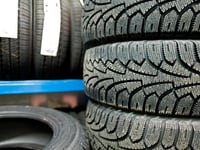 Before heading to work each day, check the treads and condition of your car or truck’s tires to make sure they're safe to drive on, and then conduct the same practice before heading home at the end of the day. When it's time to replace the tires on your truck or SUV, consider an all-terrain variety like the Nitto Ridge Grappler from an online retailer like TireBuyer.com.
Before heading to work each day, check the treads and condition of your car or truck’s tires to make sure they're safe to drive on, and then conduct the same practice before heading home at the end of the day. When it's time to replace the tires on your truck or SUV, consider an all-terrain variety like the Nitto Ridge Grappler from an online retailer like TireBuyer.com. In addition to maintaining the outside of your vehicle, what you keep inside it should also prepare you for safely spending time at a job site. Keep your personal safety equipment in your vehicle at all times and double check you have everything before leaving home in the morning.
In addition to maintaining the outside of your vehicle, what you keep inside it should also prepare you for safely spending time at a job site. Keep your personal safety equipment in your vehicle at all times and double check you have everything before leaving home in the morning. Guest Blogger: Alison Stanton has been a freelance writer for the past 18 years. Based in Phoenix, Arizona, Alison thoroughly enjoys writing about a wide variety of people and topics. When she is not writing, Alison can be found hanging out with her family—which includes three wonderful rescue dogs—and sipping a caffeinated beverage from Starbucks.
Guest Blogger: Alison Stanton has been a freelance writer for the past 18 years. Based in Phoenix, Arizona, Alison thoroughly enjoys writing about a wide variety of people and topics. When she is not writing, Alison can be found hanging out with her family—which includes three wonderful rescue dogs—and sipping a caffeinated beverage from Starbucks. If you're a contractor who spends any time at all on construction sites, you need extra-sturdy accessories. In some cases, these products are a safety issue — such as a hard hat — and in others they are merely the tools you need to stand up to the tough conditions found on active work sites. With this in mind, check out these suggestions for durable accessories that can stand up to harsh conditions — or at least come with a great insurance policy.
If you're a contractor who spends any time at all on construction sites, you need extra-sturdy accessories. In some cases, these products are a safety issue — such as a hard hat — and in others they are merely the tools you need to stand up to the tough conditions found on active work sites. With this in mind, check out these suggestions for durable accessories that can stand up to harsh conditions — or at least come with a great insurance policy. Smartphone With a Protection Plan
Smartphone With a Protection Plan Sturdy Boots
Sturdy Boots Guest Blogger: Alison Stanton has been a freelance writer for the past 15 years. She enjoys writing about a wide variety of topics, and always looks for opportunities to learn about new subjects.
Guest Blogger: Alison Stanton has been a freelance writer for the past 15 years. She enjoys writing about a wide variety of topics, and always looks for opportunities to learn about new subjects. The decision to rent or buy equipment for construction work depends on different factors for each business, according to Peter Gregory, Wells Fargo Construction Group Equipment Finance VP. He says that while renting is often a more attractive option in a tough economy when construction activity has slowed down, companies that need and use construction equipment regularly must decide how buying affects their bottom line.
The decision to rent or buy equipment for construction work depends on different factors for each business, according to Peter Gregory, Wells Fargo Construction Group Equipment Finance VP. He says that while renting is often a more attractive option in a tough economy when construction activity has slowed down, companies that need and use construction equipment regularly must decide how buying affects their bottom line. immediate ownership
immediate ownership
 Guest Blogger: Heidi Cardenas is a freelance writer with a background in human resources, business administration, technical writing and corporate communications. She specializes in human resources, business and personal finance, small-business advice and home improvement. She enjoys creating informational content for clients including blog posts, articles, white papers, case studies, and talking points, as well as business documents such as sales letters, business plans and strategic plans.
Guest Blogger: Heidi Cardenas is a freelance writer with a background in human resources, business administration, technical writing and corporate communications. She specializes in human resources, business and personal finance, small-business advice and home improvement. She enjoys creating informational content for clients including blog posts, articles, white papers, case studies, and talking points, as well as business documents such as sales letters, business plans and strategic plans.





